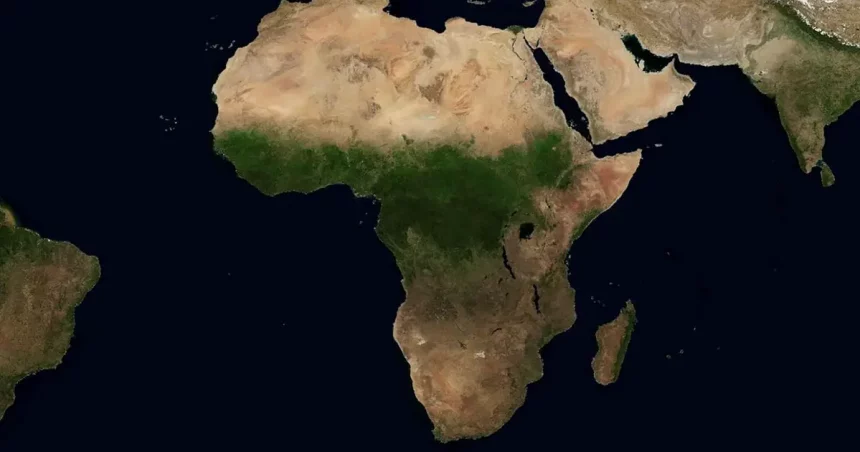The Sahara Desert: A Surprising Transformation
The Sahara Desert, known as one of the hottest and driest places on Earth, is currently experiencing an unexpected change. Recent heavy rainfall has brought greenery to this typically barren region, creating a rare and remarkable sight.
A Rare Event: Heavy Rains in the Sahara
In September 2024, an extratropical cyclone brought an unusual amount of rain to parts of northwestern Africa, including Morocco, Algeria, Tunisia, and Libya. NASA’s satellite images have captured pockets of green vegetation sprouting in the desert, a phenomenon that is both rare and astonishing. According to researcher Sylwia Trzaska, shrubs and trees are growing in response to the increased moisture, creating a temporary but notable transformation of the desert landscape.
The Return of Greenery
Although the Sahara Desert is currently harsh, it was once home to lakes and lush vegetation thousands of years ago. The recent rainfall has awakened dormant seeds and plants, offering a glimpse into the desert’s ancient past. As Peter de Menocal, from the Woods Hole Oceanographic Institution, notes, the dunes have become verdant and filled with flowers, showcasing the potential for life in this extreme environment.
Flooding and the Revival of Lakes
The heavy rainfall not only led to the flourishing of plants but also caused previously dry lakes to fill up. Areas like Sebkha el Melah in Algeria, which rarely see water, have experienced a revival due to the recent rainfall. This event, driven by changing global weather patterns, has provided a unique opportunity to study the effects of climate change on the Sahara.
The Impact of Climate Change
The unusual rainfall in the Sahara has been linked to shifts in global weather patterns, with the northward movement of the Intertropical Convergence Zone bringing unexpected tropical storms to the region. While this has resulted in a temporary greening of the desert, it has also caused severe flooding in parts of Africa, affecting millions of people and claiming lives.
A Glimpse of the Past and a Look to the Future
As the Sahara briefly transforms into a greener landscape, scientists are reflecting on the region’s ancient history and considering the potential future impacts of climate change. The temporary renewal of the desert offers insights into how it may respond to future shifts in weather patterns, raising questions about the long-term effects of climate change on this arid landscape.
Conclusion
The recent heavy rainfall in the Sahara has brought about a fascinating and unexpected change, with greenery emerging across the desert. While the transformation is temporary, it provides valuable insights into the region’s past and potential future under changing global conditions. The green Sahara serves as a reminder of the resilience of nature and the unpredictability of our changing climate.






